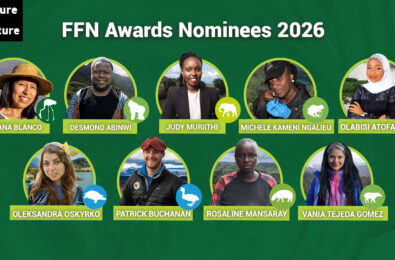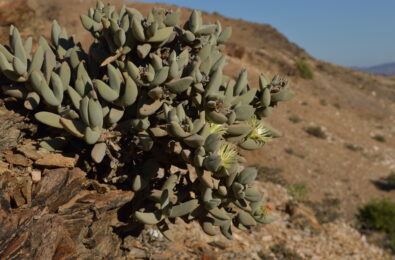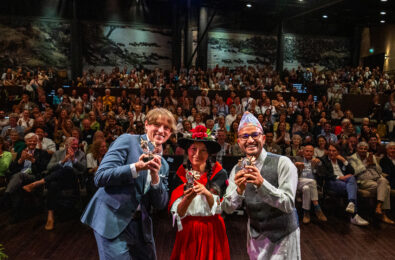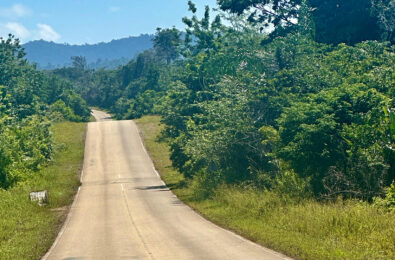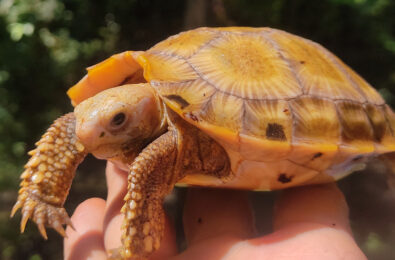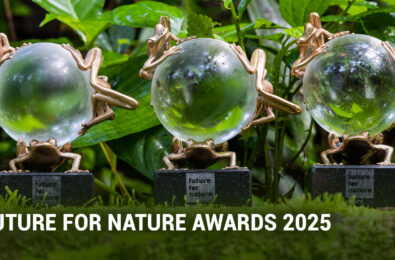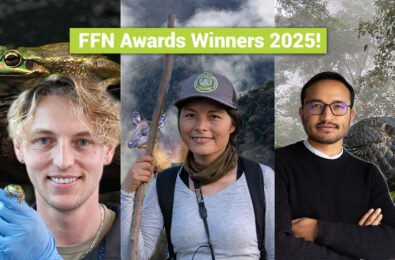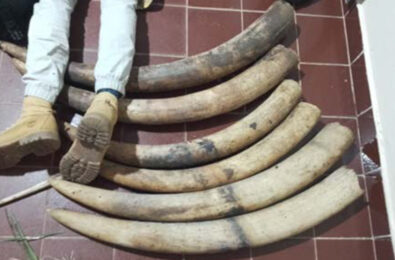Koalas, Community, Conservation; Engaging Australian Citizens for Protective Action
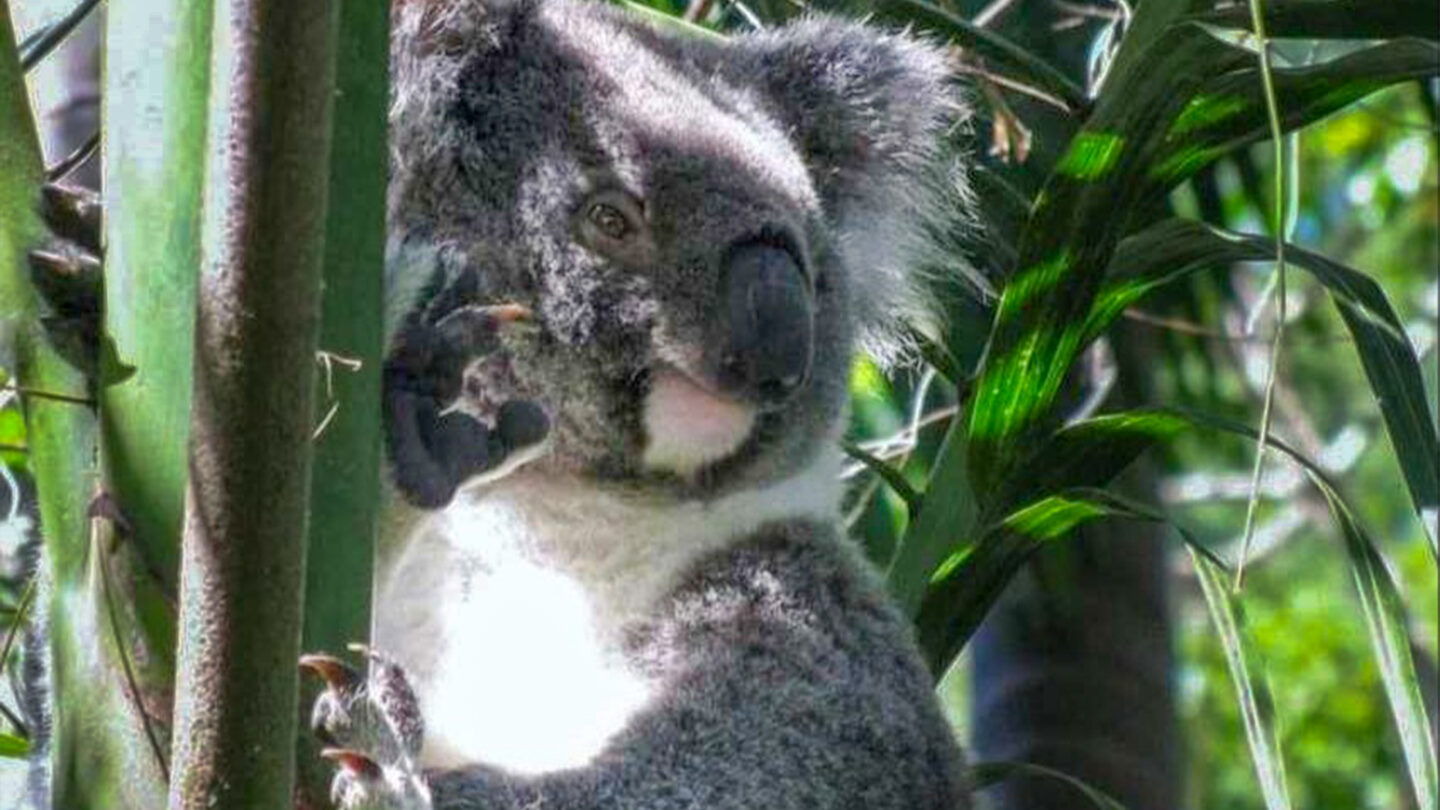
Amongst the traffic and the trees in the cities of south-east Queensland, you may encounter the marsupials that have been dotting the branches along the eastern coast of Australia for centuries. But as urban environments sprawled into the koalas’ natural habitat over the years, sharing this space with a growing human population poses new threats with damaging effects to their way of life.
Mitigating these effects is a challenge that Maggie Muurmans (FFN Winner 2009) has taken up in her senior role at the Department of Environment, Science and Innovation with the Queensland Government. Maggie, who pivoted from her previous work on sea turtles and coastal conservation, to Koala conservation, brought her experience with community engagement and behaviour change science in service of tackling this challenge. Maggie’s work brings different stakeholders together, fostering conservation initiatives to tackle the issues faced by the koala populations, with the aim of making the coexistence of humans and koalas a healthy and sustainable possibility.
The Challenge & The Plan
Koalas are facing dangers on multiple fronts: alongside the loss of their natural habitat, those living in urban areas are often involved in collisions with vehicles and confrontations with dogs, which lead to about 4000 (!) koala deaths each year. As a result, in a period of less than two decades, from 1996 until 2014, the population dropped by 84% to a threateningly low level.

Following the publication of the UniQuest Report in 2015 demonstrating the population decline, a panel of experts was formed to co-create a plan towards safeguarding the koala population and taking protective action. This led to the Queensland Government formulating the South-East Queensland (SEQ) Conservation Strategy 2020-2025, outlining six recommendations in order to set the foundations so that the koala population can recover and grow again.
The targets of the SEQ strategy include the protection and restoration of the koala’s habitat, as well as the management of the urban threats that come from negative interactions (e.g. with dogs and humans). But on top of that, the strategy aims to scale up the conservation efforts, increasing their effectiveness and broadening their scope.
A Wider Scope
Maggie is positioned exactly at that forefront, driving the expansion of the efforts by focusing on community engagement, citizen science and education as part of the SEQ Koala Conservation Strategy.
To ensure the level of impact required for an issue of that magnitude, the strategy calls for a greater level of citizen and community engagement and stronger partnerships towards the conservation targets.
Expanding the reach of the strategy, Maggie has developed a framework that facilitates better collaboration between governments on local and state level, while also incorporating the use of citizen science, strengthening the role of the public and increasing their participation and impact. Over the past two years, she has also worked towards creating free educational material that helps bring the core messages of the SEQ strategy in line with the national curriculum.

Better Data, Bigger Impact
To better understand how the situation evolves and to inform swift and impactful action, the strategy also calls for improving the mapping and monitoring of the populations. This means more high-quality data that provide a clear picture of the extent of the issues and the state of the koala population.
A prime example combining both improved monitoring and wider participation, is the QWildlife app: a platform where anyone can report sightings of koalas and their condition (sick, injured, orphaned, dead, or healthy). This is a way to not only gather more information about the vulnerable population, but also to do something to assist the ones that need immediate help.
Using the app, people have access to information on recognising sick koalas, what actions to take when they see a sick or injured koala, as well as contact information for local wildlife carers.
With Maggie’s help, the usability and reach of the platform has grown substantially to the point where the input rose from less than 25 to as many as 1000 sightings per month. All the data are checked by the department for quality and are an extremely valuable addition to the mapping of the koala population – a vital part of understanding the issue and informing threat management and habitat restoration actions.
The app is one of many ways to harness the potential of citizen science; a democratic, participatory method, effectively scaling up conservation efforts. In Maggie’s own words, “It’s a powerful tool to engage people who don’t necessarily identify with the scientific field but would like to contribute to create impact.”
Visit Maggie’s personal page on our website to learn more about her work.






